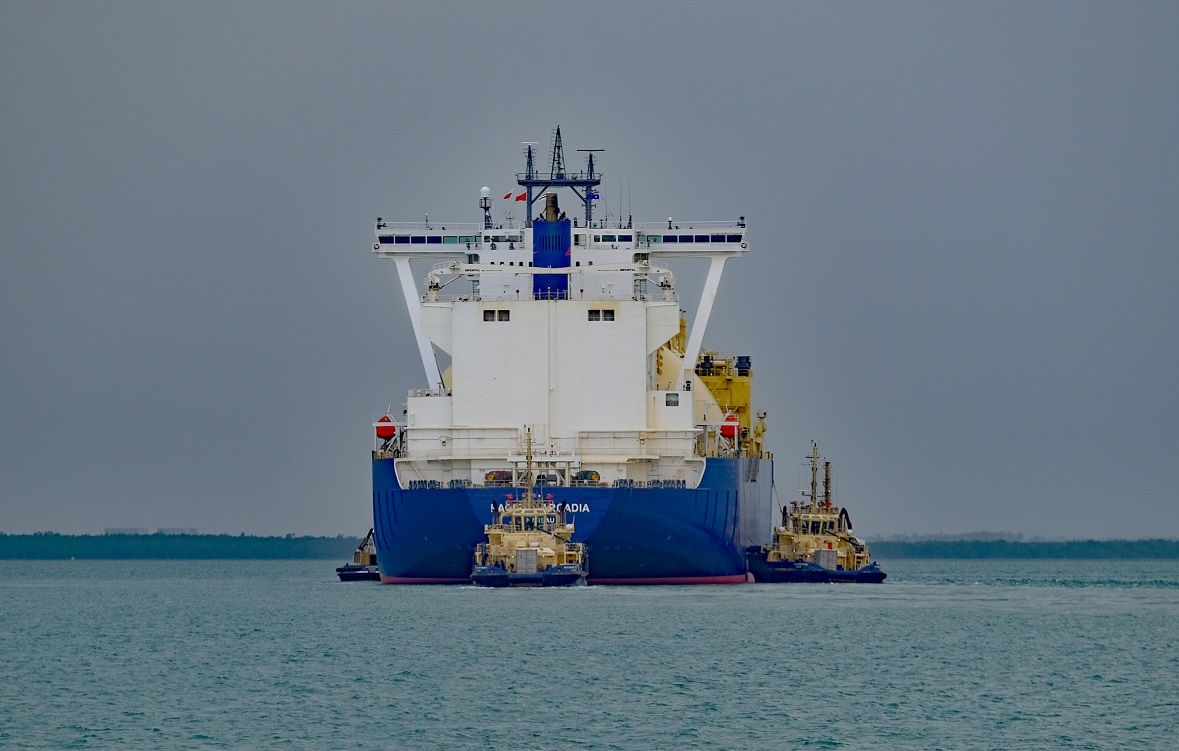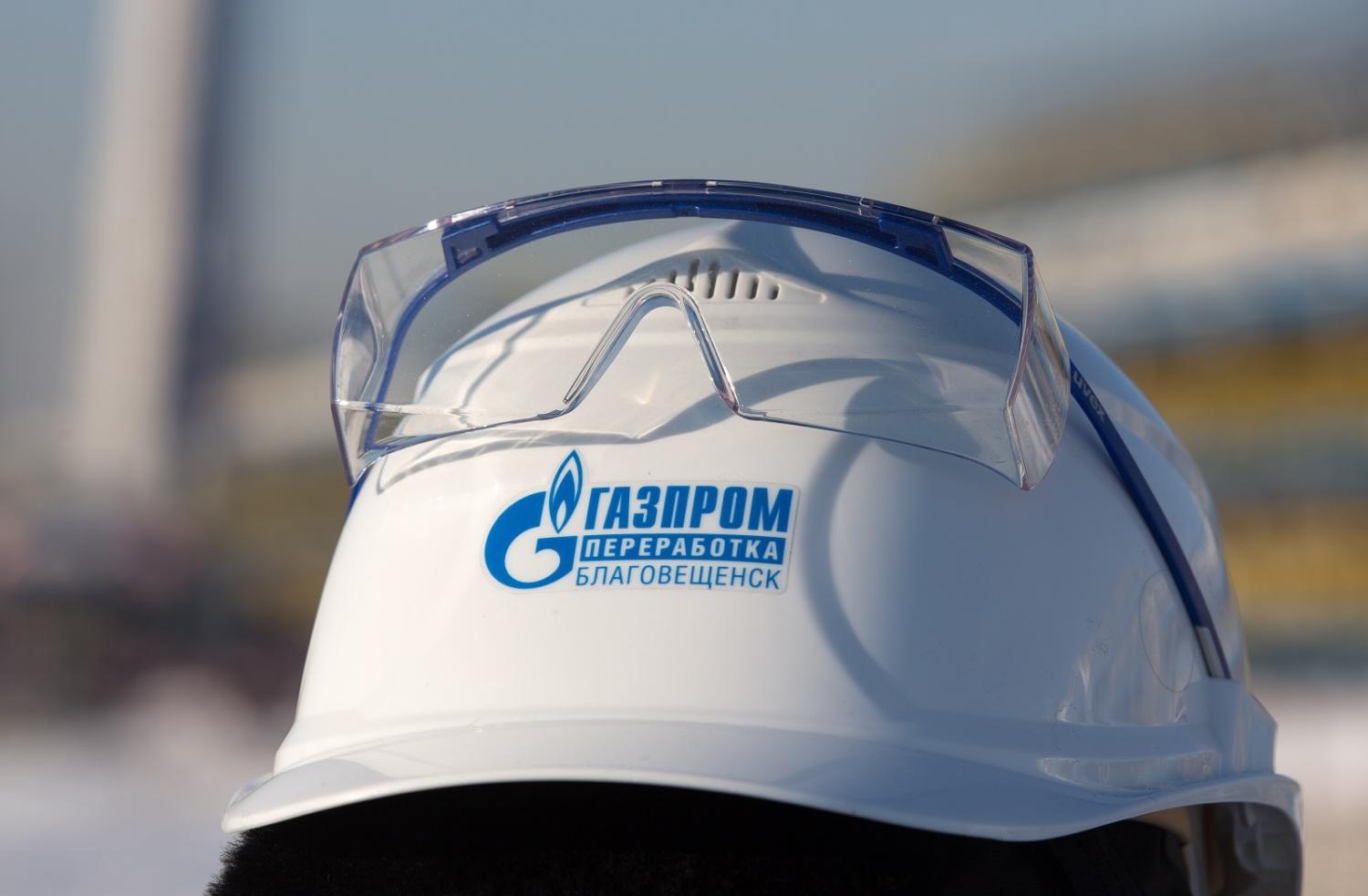Cut off from Europe after its invasion of Ukraine, Russia is “pivoting to Asia”, and especially China, to find alternative markets for natural gas. Moscow wants a larger share of China’s future energy mix, raising concerns about reduced exports for Australia and other countries.
In particular, Moscow wants to build a second pipeline to pump natural gas to China. Russia’s Power of Siberia 1 (PS1) pipeline exports gas from eastern Siberia to China. The Power of Siberia 2 (PS2) pipeline – assuming it is eventually built – will export gas from the Yamal peninsula fields in western Siberia, cutting across eastern Mongolia to carry 50 billion cubic metres (bcm) of gas annually to northern China. Currently, the country is the world's biggest energy consumer and a growing consumer of gas.
The PS2’s projected yearly export quantity is similar to the 55bcm capacity of the damaged Nord Stream 1 pipeline to Germany. Construction of the proposed pipeline is expected to begin in 2024, with Russian state-owned Gazprom aiming to begin gas delivery by 2030.
The proposed PS2 holds numerous benefits for China. Aside from supporting Beijing’s national climate goals and policies – with gas availability and cost being limiting factors in the past – the pipeline would improve China’s energy security. China’s central government wants to diversify energy sources, in part to avoid supplies being choked off in transit from the Middle East in a crisis – the so-called “Malacca Dilemma” – or other vulnerabilities to its imports.
Although China is a major natural gas importer, most of its energy is derived from coal (59%), including domestic sources, followed by petroleum (20%), primary electricity (hydropower, wind, solar and nuclear), and biomass (3%). Natural gas only accounts for around 8.4% of the country’s energy and is used in industry, residential, transport and power generation. Between 2011 and 2021, the country’s natural gas imports skyrocketed four-fold. And by 2030, Beijing expects natural gas to account for 15% of the country’s energy mix.

According to the China Natural Gas Development Report, in 2022 the country’s total natural gas consumption was 364.6bcm, of which around 41% was imported, including from countries such as Turkmenistan, Australia, Russia, Qatar and Malaysia.
Some analysts note that the proposed PS2 pipeline fits into the broader context of strengthening Sino-Russian bilateral trade and energy cooperation, including nuclear power development, natural gas agreements, coal sales and joint projects. Still, getting the project up and running won’t be easy. Russia hasn’t yet been able to get China to commit irrevocably, and Beijing might have an eye on Western reactions.
There is also some uncertainty about China’s future gas demand and Beijing’s domestic production and self-sufficiency aims. And China is quite willing to delay talks where it sees negotiating advantage in doing so. Even if approved, China will drive a hard bargain. The pipeline could take years to build and key details (such as gas prices, terms of delivery, and financing) must be determined. Even then, the maximum export capacity of the cross-border pipelines could still be much less than those connecting Russia to European markets.
Due to concerns about the long-term trajectory of Russian foreign policy, Beijing is unlikely to finance the project up-front. And China will remain wary of attempts by Moscow to weaponise energy supplies against Beijing.
The proposed project has a number of implications for the West, including Australia. As noted above, Russia’s interest in the deal reflects its need to pivot to Asia. If the pipeline proceeds, it will significantly reinforce the “no limits” partnership between China and Russia. Furthermore, it reduces both countries’ reliance on the West – an example of China and Russia undertaking their own “de-risking”.
Could this affect Australia’s Liquified Natural Gas exports? In theory, yes. China plays a central role in regional and global gas markets. In 2021, the country imported more LNG than the rest of the world, accounting for almost 60% of global LNG demand growth. More than 90% of Australia’s LNG exports are to China, followed by Japan, South Korea and Taiwan. Australia is the biggest LNG supplier to those countries too, accounting for 43% of Japan’s imports, 37% of Taiwan’s, 35% of China’s, and 25% of South Korea’s.
Still, many factors will bear on the ultimate demand story. These include the pace at which China transitions to clean energy sources and the role LNG plays as a transitional energy source over that period.
In all scenarios, diversification of Australian LNG export markets is a sensible approach. Softer Chinese demand for Australian LNG could mean more supplies available for other countries. However, it could also leave Canberra scrambling to find alternative markets. As the past few years have shown, undertaking a diversification export strategy at short notice has its own challenges.

